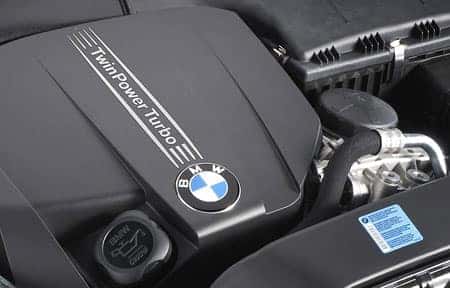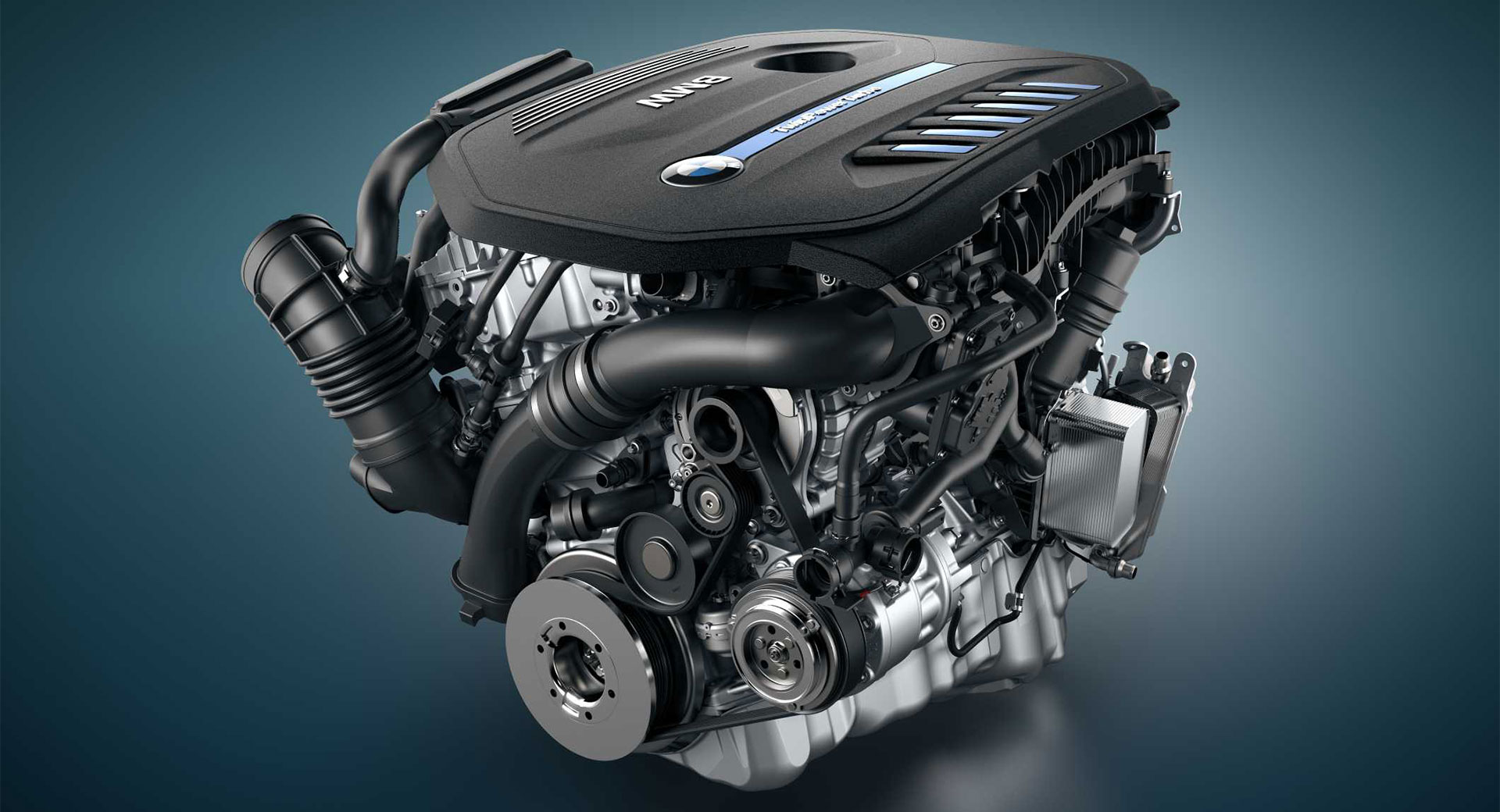Exactly how to Preserve Your BMW Engine for Optimal Performance and Long Life
Exactly how to Preserve Your BMW Engine for Optimal Performance and Long Life
Blog Article
Unveiling the Intricacies of Next-Generation Power Units: a Deep Study Advanced Engine Layouts and Technologies
As we stand on the precipice of a brand-new age in transport, the ins and outs of next-generation engine layouts beckon us to explore the innovative modern technologies and innovations that guarantee to redefine the driving experience. Delving much deeper into the realms of exhaust control, intelligent engine administration systems, and the horizon of power unit advancement, we discover ourselves on the cusp of an improvement that assures to improve the landscape of movement as we recognize it.
Advancement of Engine Materials

The change in the direction of progressed engine materials has actually likewise allowed designers to develop engines with greater power outputs while preserving fuel performance standards. For instance, the usage of light-weight products decreases the general weight of the engine, bring about boosted fuel economic climate and reduced exhausts. Furthermore, developments in materials innovation have permitted far better thermal administration within engines, resulting in enhanced reliability and longevity.
Turbocharging and Supercharging Technologies
How do Turbocharging and Supercharging Technologies transform engine efficiency and performance in modern-day lorries? Supercharging and turbocharging are innovations that considerably enhance engine efficiency by enhancing the quantity of air consumption into the burning chamber. Turbocharging achieves this by using a turbine driven by exhaust gases to pressurize the intake air, while supercharging makes use of a belt- or chain-driven compressor to attain the very same result.
These technologies enable smaller, a lot more fuel-efficient engines to produce power equivalent to bigger ones, referred to as downsizing. Forcibly more air right into the cylinders, supercharging and turbocharging enhance burning performance, leading to increased horsepower and torque outcome without a significant increase in engine dimension. This results in better acceleration, lugging capability, and total driving efficiency.
In addition, turbocharging and turbo charging add to boosted fuel performance by enabling the usage of smaller engines that consume less gas under typical driving problems - bmw engine. This mix of boosted performance and effectiveness has made turbocharging and supercharging important parts of lots of contemporary engine styles
Emission Control and Environmental Impact
With boosting worldwide issues concerning air high quality and ecological sustainability, the implementation of exhaust control innovations in vehicles plays an essential function in decreasing harmful toxins launched into the ambience. Modern lorries are furnished with advanced emission control systems that help lessen the ecological effect of automobile operations. Catalytic converters, as an example, are designed to convert harmful gases such as carbon monoxide gas, nitrogen oxides, and hydrocarbons into less damaging materials like carbon dioxide and water vapor.
Furthermore, advancements in engine innovation, such as the assimilation of exhaust gas recirculation systems and selective catalytic decrease, have dramatically contributed to decreasing discharges. These technologies official statement operate in tandem to optimize burning effectiveness and lessen the launch of hazardous toxins into the air. Additionally, the advancement of crossbreed and electrical cars represents a crucial step in the direction of minimizing the general ecological footprint of the transportation sector.
Intelligent Engine Management Equipment

Furthermore, these systems allow lorries to satisfy rigorous exhausts criteria without compromising performance, supplying a more eco-friendly driving experience. The combination of synthetic knowledge and equipment learning abilities in engine monitoring systems proceeds to push the limits of what is feasible, leading to additional enhancements in performance, dependability, and total vehicle efficiency. bmw engine. As vehicle modern technology advances, smart engine monitoring systems will certainly play an important duty fit the future of transportation in the direction of a much more sustainable and effective direction
Future Trends in Power System Development
As intelligent engine administration systems lead the way for enhanced control and optimization in modern automobiles, future trends in power device advancement are positioned to redefine the landscape of vehicle propulsion modern technologies. These alternative power resources provide boosted effectiveness and performance while lining up with rigid ecological guidelines.
One more significant pattern is the combination of innovative products and producing methods. Lightweight products such as carbon fiber and light weight aluminum are being utilized to reduce general lorry weight, enhancing fuel effectiveness and efficiency. Furthermore, innovations in 3D printing and additive manufacturing are allowing the production of complicated engine components with higher precision and toughness.
In addition, expert system and equipment learning are playing an important role in enhancing power device efficiency. These modern technologies enable real-time tracking and flexible control, leading to more you could try here dependable and effective power delivery. Overall, future fads in power unit development are tailored in the direction of effectiveness, efficiency, and sustainability, driving the automobile industry towards a new era of propulsion technologies.

Conclusion
In conclusion, Going Here the developments in engine materials, turbocharging, discharge control, and intelligent management systems have actually led the means for next-generation power devices. These developments have not just better efficiency and efficiency however additionally decreased environmental impact. As technology remains to evolve, future patterns in power device growth are likely to focus on more boosting sustainability and optimizing power result. The complex designs and innovations in contemporary engines display the recurring advancement of vehicle technology.
Checking out the modern innovations in engine products has actually been critical in boosting the efficiency and efficiency of modern engines. Over the years, the evolution of engine materials has actually played an important function in pushing the boundaries of what engines can achieve.The change in the direction of advanced engine products has likewise allowed designers to develop engines with greater power outputs while preserving fuel efficiency criteria.The implementation of smart engine monitoring systems in modern vehicles has revolutionized the means engines are managed and maximized for efficiency and performance. By gathering data in real-time and evaluating it with innovative algorithms, smart engine monitoring systems can adjust to driving designs, ecological variables, and engine health and wellness to optimize power outcome while minimizing gas intake and discharges.
Report this page